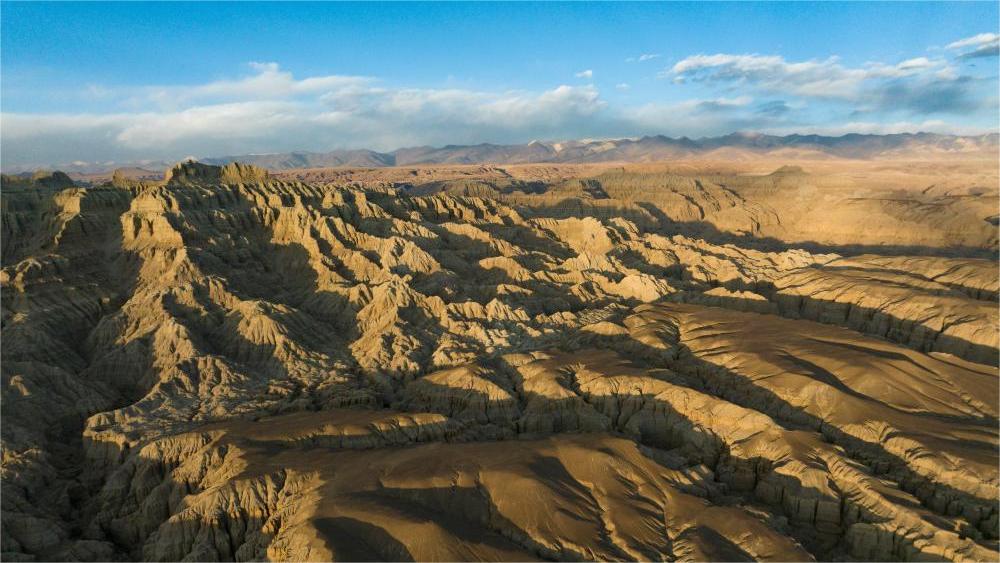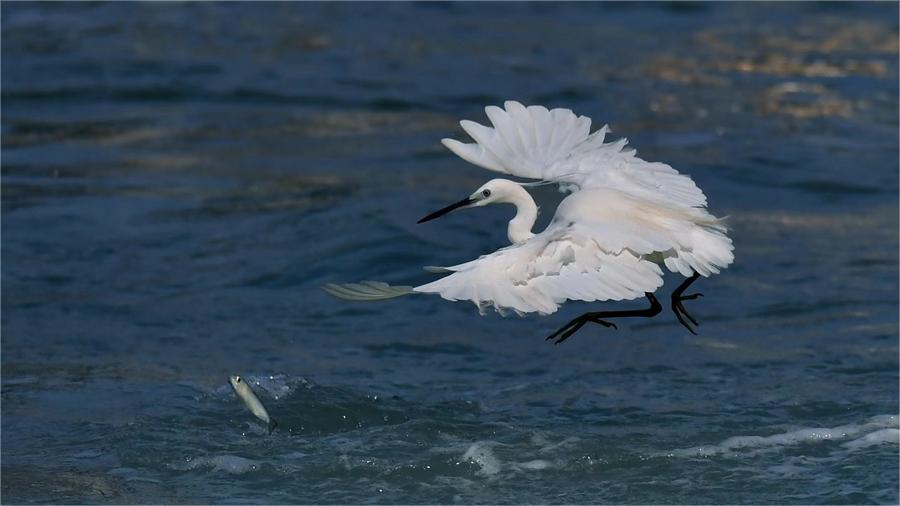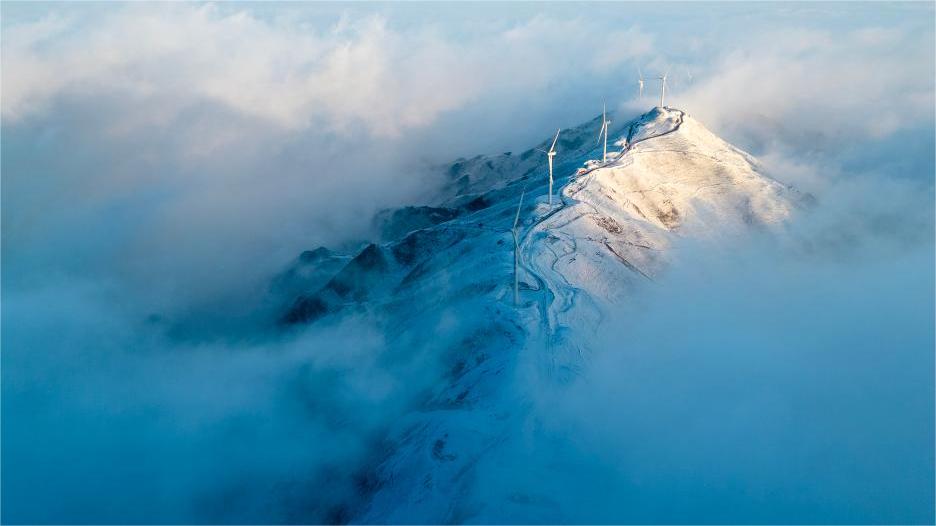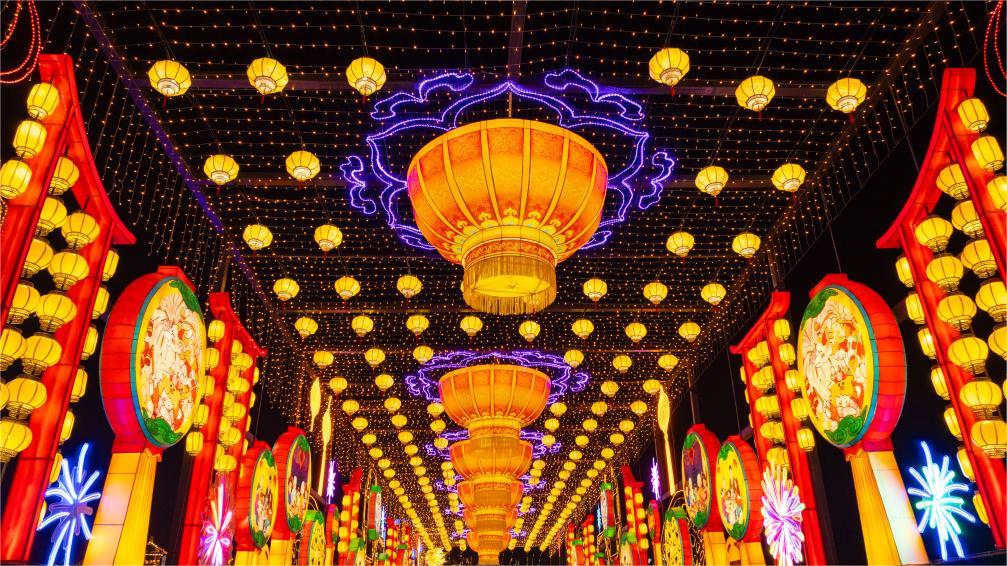Ice and snow tourism propels NE China into high-quality development

Tourists go sightseeing on Central Street in Harbin, northeast China's Heilongjiang Province. (People's Daily Online/Su Jinggang)
This winter, Harbin in northeast China's Heilongjiang Province went viral on social media thanks to its beautiful winter scenery and local residents' hospitality, becoming an embodiment of northeast China's booming ice and snow tourism industry. The region, known for its harsh winters and abundant natural resources, has experienced a remarkable economic renaissance. As northeast China strategically taps into its cold climate and breathtaking landscapes, ice and snow tourism is emerging as a catalyst for its high-quality development.

This photo shows people visiting a giant snowman in Harbin, northeast China's Heilongjiang Province, Jan. 1, 2024. (Xinhua/Zhang Tao)
Ice and snow tourism drives northeast China's high-quality development
Northeast China used to be a major heavy industrial hub but had suffered years of economic decline. Now, it has seen an escalating winter sports boom and found golden opportunities from its silvery snow in recent years. The region is now switching paths towards high-quality development through ice and snow tourism. Palaces made of ice and snow, buses covered with neon lights, and magnificent light shows have turned cities like Harbin and Changchun into winter wonderlands. World-class ski resorts, ice rinks, and other winter sports facilities have become magnets for both domestic and international tourists, setting the stage for a robust tourism sector that goes beyond the traditional summer appeal.
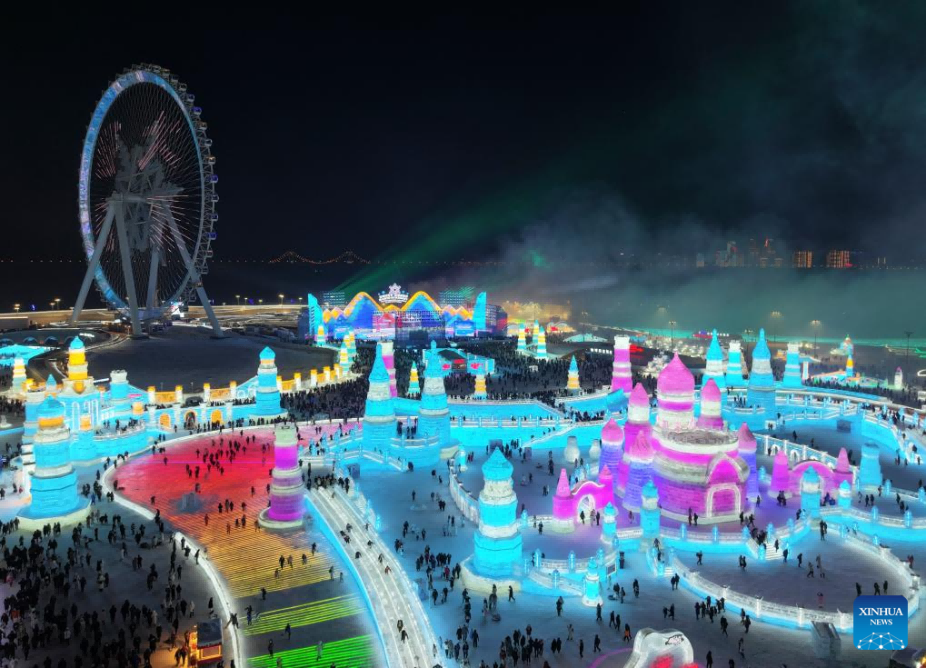
This aerial photo taken on Jan. 5, 2024 shows a view of the opening ceremony of the 40th Harbin International Ice and Snow Festival at the Harbin Ice-Snow World in Harbin, northeast China's Heilongjiang Province. (Xinhua/Shi Feng)
One of the region's crowning jewels is the annual Harbin International Ice and Snow Festival, a spectacular showcase of intricate ice sculptures and mesmerizing light displays. Drawing millions of visitors each year, this event has become a focal point for winter tourism, giving a substantial economic boost to the local economy and fostering a vibrant cultural exchange.
According to culture and tourism authorities of Heilongjiang Province and Harbin city, during the three-day New Year holiday in 2024, Heilongjiang Province became a hotspot for winter tourism with a total of 6.619 million tourists, up 173.7% year-on-year and Harbin received a total of 3.04 million visitors, raking in over 5.9 billion yuan (about 831 million U.S. dollars) in tourism revenue. According to statistics from Meituan, a famous online retail platform in China, since the New Year holiday, the number of orders for cultural tourism in Jilin Province has increased by 92.1% compared with last year.
Winter tourism is not only a seasonal phenomenon in Northeast China but also a key driver of high-quality development. The region's ability to leverage its natural winter assets, coupled with strategic investments and innovation, puts it in an ideal position for sustained economic growth. As northeast China continues to shine as a winter tourism destination, the future holds promise for further development and prosperity in this dynamic and resilient region.

This photo taken on Jan. 1, 2024 shows fireworks above the Fantawild Adventure in Shenyang, northeast China's Liaoning Province. Various events are held across the country to celebrate the New Year. (Xinhua/Long Lei)
Innovative services bring ice and snow tourism to a new level
In the past, some travelers may have doubted whether good services could be provided in northeast China. But this winter, tourists who came here?have been full of praise for them.
Many tourists shared their experiences on social media after visiting northeast China, and many of them were deeply impressed by the thoughtful services they found. For instance, Changchun Ice and Snow World scenic area has built "warm houses" for tourists to shelter from the cold and rest; free buses are available for tourists to travel between Changbai Mountain Scenic Area and the high-speed train station; the pedestrian underpass at Harbin Central Avenue is covered with large carpets in case it gets slippery...
Northeast China has made full preparations to provide better services to the tourists. Heilongjiang Province invited cultural and tourism influencers to publicize its tourism resources through social media, and created many "Instagrammable" tourism sights. Liaoning Province has made full use of its hot spring resources to roll out "ice and snow plus hot spring" tourism, and built more tourism infrastructures. Jilin Province has increased the number of trails in its ski resorts, and introduced nighttime skiing to offer more choices to tourists.
Northeast China is on its way to attracting and impressing more tourists through its thorough preparations, thoughtful and innovative services as well as its hospitality.
What's behind the booming ice and snow economy?
The government's proactive support has played a crucial role in the success of winter tourism in northeast China. Policy initiatives, financial incentives, and promotional campaigns have created an environment that allows businesses to thrive in the ice and snow sector.
Jilin province has identified tourism as a 1 trillion yuan pillar industry during the 14th Five-Year Plan (2021-2025) period, with winter tourism occupying a significant portion of it. The province issued consumption vouchers worth 30 million RMB to tourists and spent 10 million RMB on transportation subsidies to lower costs for tourists. In addition, preferential policies and bonuses were also offered to new cultural and tourism projects such as hotels.
Jilin province's governor, Hu Yuting, said while delivering a government work report on January 14 that Jilin will continue to make efforts to build the province's world-class snow and ice brands, snow and ice tourism resorts and summer resorts in 2024, with total tourism revenue expected to exceed 600 billion yuan.
The Development?Plan?of Ice and Snow Economy in Heilongjiang Province (2022-2030) highlighted the construction of a variety of flagship ice and snow tourism projects. Heilongjiang Province is aiming to build a diversified development pattern characterized by "ice and snow+".
Liang Huiling, governor of Heilongjiang province, said while delivering a government work report on January 14 that in 2024, the province will continue to improve the development quality of its cultural tourism industry via strengthening its market-oriented operation, standardized construction and management. "We have set the goal of receiving over 100 million tourists with tourism revenue exceeding 150 billion yuan ($21 billion) in the ice and snow season of 2024," she said.
According to a provincial work plan released by Liaoning Province, the growth rate of the ice and snow economy will be higher than the growth of regional gross domestic product by 2025, becoming a new bright spot in Liaoning's economic development. Ice and snow equipment manufacturing is listed as a key industry for Liaoning to develop its ice and snow economy. Liaoning will soon build two R&D bases for ice and snow equipment manufacturing at or above the provincial level and develop three ice and snow backbone enterprises with annual operating income exceeding 100 million RMB.
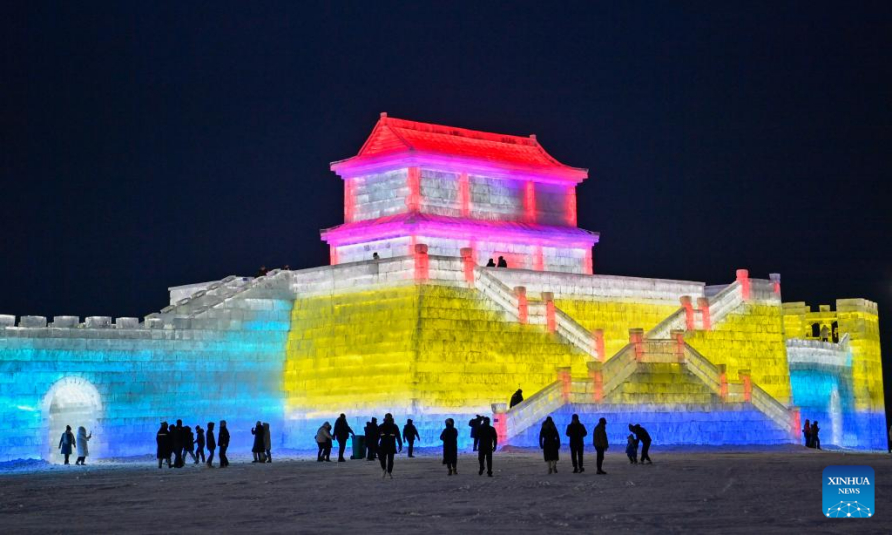
Tourists visit Changchun Ice and Snow New World in Changchun, northeast China's Jilin Province, Dec. 12, 2023. (Xinhua/Yan Linyun)
In recent years, northeast China has strategically harnessed its cold climate to foster the growth of the ice and snow economy, creating a unique synergy that is propelling the region towards sustainable prosperity. The high-quality development spurred by ice and snow tourism is not only benefiting the local economy but also contributing to the overall economic rejuvenation of northeast China. The region, which faced economic challenges in the past, is now finding new avenues for growth and prosperity.
Photos
Related Stories
- China moves to stimulate business vitality to promote high-quality development
- Ice-and-snow economy booms in China's historic city
- Chinese vice premier stresses high-quality development of listed firms
- Chinese political advisors discuss promoting high-quality development of financial sector
- Foreign envoys, diplomats commend ice-and-snow tourism in NE China
Copyright © 2024 People's Daily Online. All Rights Reserved.






